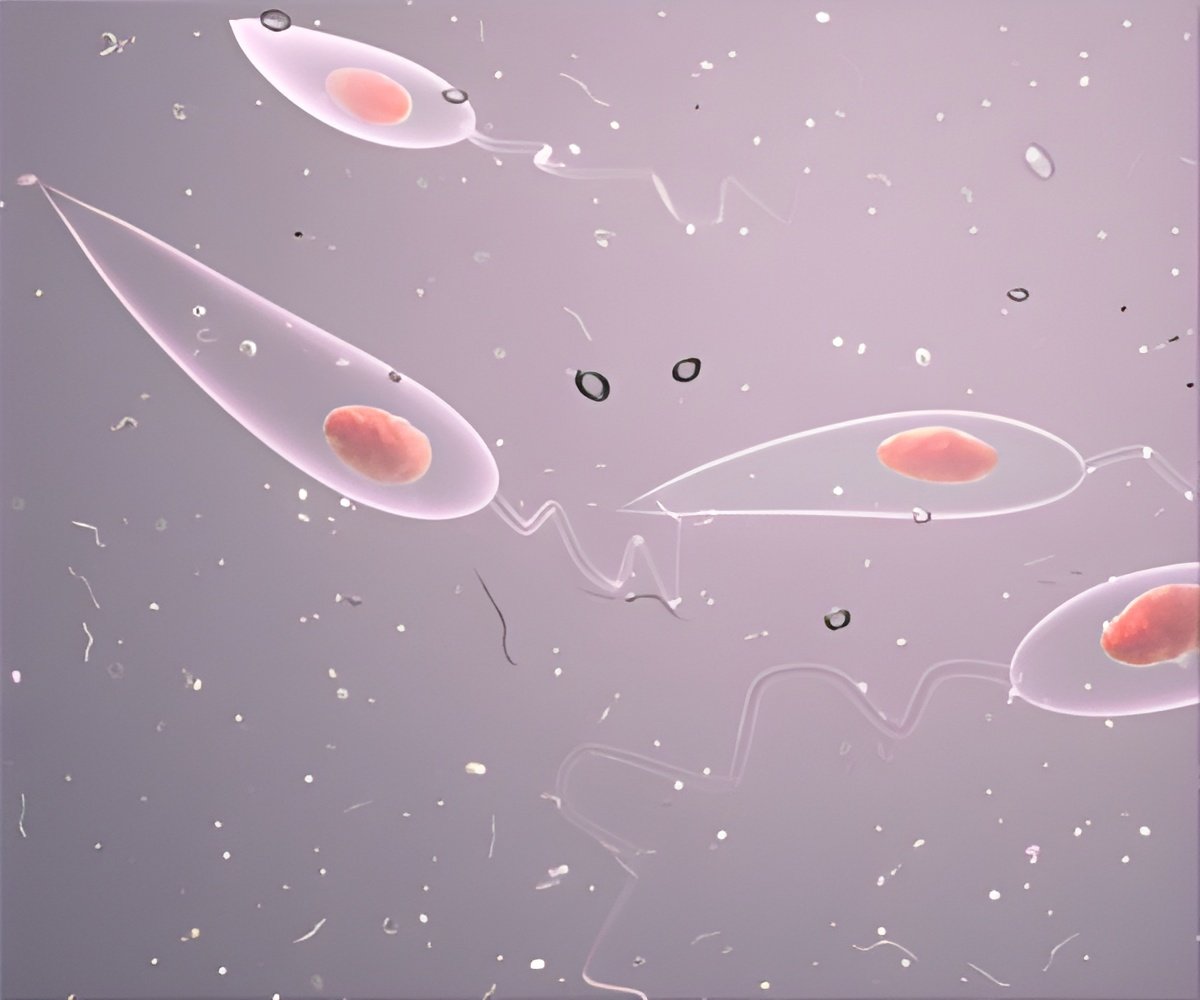
The research is a significant step forward in understanding how leishmaniasis is spread in endemic regions.
Caused by Leishmania parasites, human leishmaniasis is a serious public health problem in more than 90 countries worldwide.
There are high fatality rates among children and young people and those with suppressed immune systems. Pharmaceutical treatments are limited and there is no vaccine.
These microscopic organisms infect humans through the bite of a female blood-feeding sand fly carrying infective parasites in its gut.
People only become infected, therefore, in geographical regions that are well-suited to support sand fly populations-those with suitable habitats, humidity and temperature.
Advertisement
The new research uses DNA sequencing to investigate genetic variation at the highest level of resolution in Leishmania parasites isolated from sand flies caught in a defined focus of human leishmaniasis in south-east Turkey.
Advertisement
It also establishes, for the first time, quantitative estimates of the relative rates of sexual and asexual reproduction during the parasite life cycle.
The study is published in the journal PLOS Genetics.
Source-ANI









